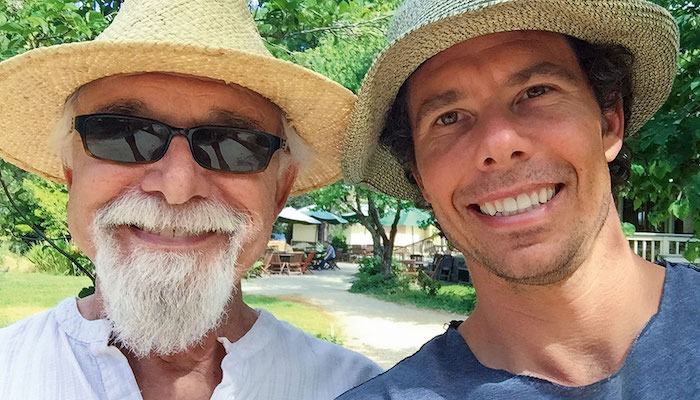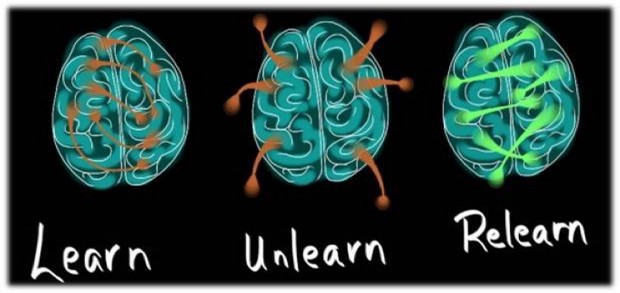
By Junaid Nabi
When I started medical school, I fully expected to learn how the nervous system works, why heart attacks happen and what to do to stop them, and how the immune system sometimes turns against the body and causes autoimmune diseases. One of the things I needed to learn but didn’t was how to talk with people about death and dying.
To fill that gap, I enrolled in a course at Harvard Medical School on communication strategies during end-of-life care. It was designed to help budding physicians understand how spirituality, end-of-life care, and medicine interact. What I learned surprised me.
I found out that I wasn’t alone in feeling that I was ill-prepared for having effective end-of-life conversations. Physicians in general tend to be particularly limited in their ability to discuss issues such as how long patients will survive, what dying is like, or whether spirituality plays a role in their patients’ last moments.
At first glance, physicians’ poor understanding of death and the process of dying is baffling, since they are supposed to be custodians of health across the lifespan. Look deeper, though, and it may reflect less the attitudes of physicians themselves and more the system that nurtures them. After all, we train vigorously on how to delay the onset of death, and are judged on how well we do that, but many of us get little training on how to confront death.
At one of the seminars that are part of the course, a young man was asked about how he felt during the final days of his mother’s struggle with cancer. “Pain is not suffering if it has a meaning; if it doesn’t, pain and suffering are the same thing,” he said.
That juxtaposition of pain and suffering struck me as an important reminder of the vital role physician communication plays from a patient’s point of view. I realized that a transparent communication strategy can ease suffering and make pain more bearable.
In the process of my coursework, I also realized that significant communication barriers exist between physicians and patients to discussing end-of-life care. When physicians aren’t trained about how to approach patients and their families regarding end-of-life decisions, it’s difficult, if not impossible, to provide the care they want and need.
In one survey, nearly half of the medical students and residents who responded reported being underprepared to address patient concerns and fears at the end of life. About the same percentage said that “dying patients were not considered good teaching cases.” In other words, patients on palliative care with no need of further interventions were seen as offering little in the way of imparting clinical knowledge — even though they might have been wonderful cases for learning more about death and dying.
It’s still unclear whether such limitations arise from personal difficulty talking about this sensitive topic, an inadequate medical curriculum, or a lack of training during residency on how to communicate with terminally ill patients.
When a robust rapport between patient and physician is lacking, or when a physician hasn’t taken enough time to lay out all the options, hospitals tend to follow the “standard” protocol: patients — often at the insistence of family members — are connected to several intravenous lines and an intubation tube, or put on life-support machines, all because the patient or the family never had a clear conversation with the medical team about the severity of the disease and its progression.
That’s not how physicians prefer to die. In a famous essay, an experienced physician wrote that most doctors would prefer to die at home, with less aggressive care than most people receive at the ends of their lives. They understand that such efforts are often futile and take away from the precious time that could be spent in the company of family and friends.
Intensive management of patients with poor prognosis can result in severe emotional damage to patients and their family members. They also have significant policy implications: On average, 25 percent of Medicare payments go to patients in the last year of life, with one-third of that spent in the last month, often on clinical services with negligible benefits.
Physicians certainly share some of the blame for these gaps in communication. But we need to be aware of the role health care systems play in shaping end-of-life interactions. Over-treatment is often encouraged, and with little guidance or feedback on how to navigate end-of-life care, physicians can feel vulnerable to malpractice lawsuits. Due to ever-changing regulations, most interns, residents, and attending physicians are forced to spend more and more time typing into their patients’ electronic health records and less time sitting with their patients, talking with them and understanding what they want and need at the ends of their lives. The issue of resource allocation may also play a role. Medical centers often suffer from a shortage of physicians, and struggle to balance comprehensive teaching with quality patient care.
One way of addressing these deficiencies is to incorporate into the medical school curriculum required courses in which students are provided space and time to reflect upon the limitations they face when engaging with patients with terminal diseases. Some schools have already started this process, albeit as elective courses. Senior physicians also need to play more active roles as mentors, guiding younger doctors on how to approach these complicated situations.
In a book written as he was dying from lung cancer, Dr. Paul Kalanithi said this: “Doctors invade the body in every way imaginable. They see people at their most vulnerable, their most sacred, their most private.”
Physicians have a responsibility to initiate and maintain an open channel of communication with each patient, understand and address the values that he or she holds dear, and talk frankly about the prognosis of his or her disease. If they lack the skills to talk openly about dying and death, one of the most sacred and private transitions, they do their patients a disservice and possibly prevent them from receiving the best possible end-of-life care.
Complete Article ↪HERE↩!






